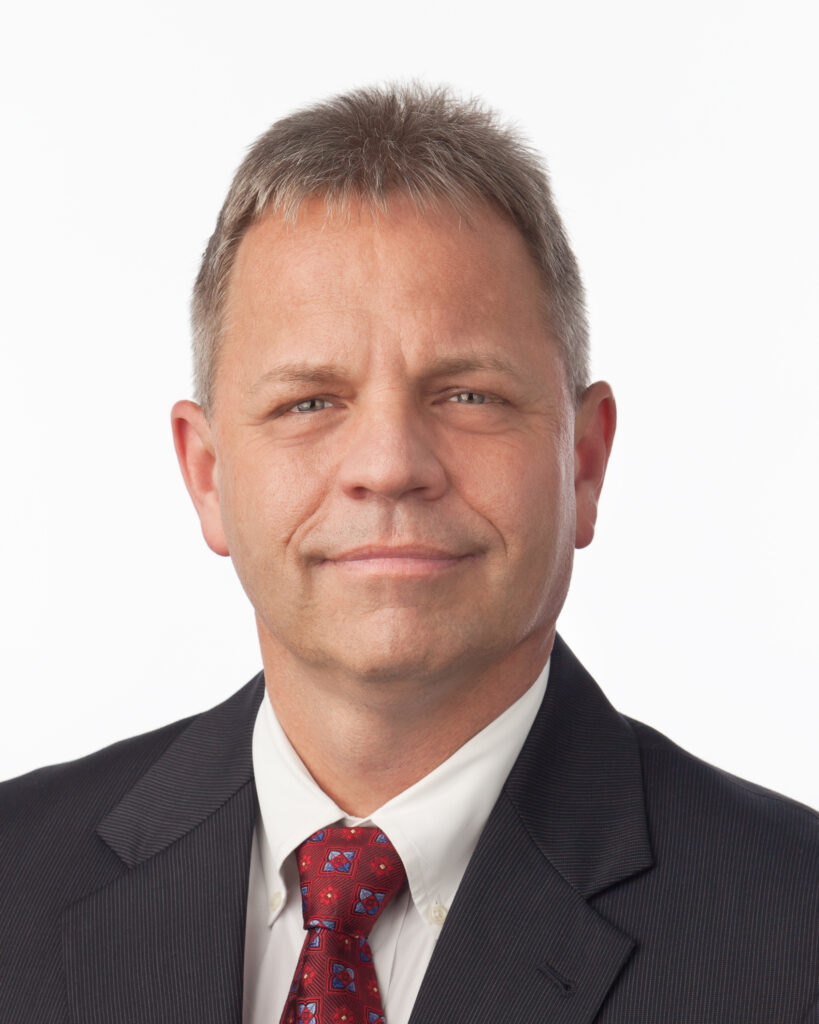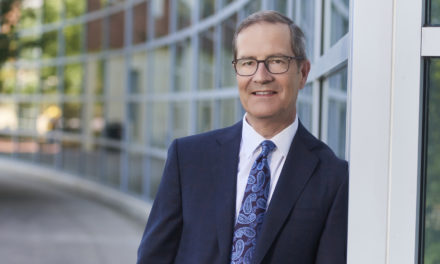Better Business Podcast EPISODE 1
Raising the Minimum Wage:
How firms are balancing political, financial, and labor pressures.
Guests: Matt Gustafson, associate professor of finance and Stuart and Michele Rothstein Early Career Professor
Brian Dreibelbis ’85 Opmgt, senior director of supply chain HR/Labor & Employee Relations, Land O’Lakes
Talk of raising the federal minimum wage from $7.25 to $15 per hour or higher has gained urgency in recent times. Skyrocketing food and living expenses, and increased competition for workers who want more than just money also are putting pressure on firms to offer higher wages. What does the future hold?
“I think this is all very positive in our country. It’s a lot more of a social balance versus business,” says Brian Dreibelbis, a 1985 graduate of Penn State Smeal and senior director of Supply Chain HR/Labor & Employee Relations for agribusiness and food company Land O’Lakes. “Certainly, we want to be profitable, but I’d say we want to be as profitable within the eyes of society and do the right thing for employees and their families, making sure that we’re supporting and making business plans as well.”
Matt Gustafson, associate professor of finance and Stuart and Michele Rothstein Early Career Professor, agrees that there needs to be a balance in the cost-benefit discussion around raising worker wages.
“Rules and laws are really good economic tools for maximizing the size of the pie, if that’s what you want to do,” he notes. “But we, as a society, need to decide what constraints we want to put on that process because maybe other objectives like equity also matter.”
The classic argument, according to Gustafson, is that an increase in the minimum wage will lead to a reduction in the number of employees. However, his research aimed to understand whether such an increase in the minimum wage might adversely impact a firm’s propensity to make capital investments. For example, a firm might choose to forego opening that 20th restaurant to offset the increase in wages paid to employees in the other 19 locations.
“We found a negative relationship between minimum wage increases and capital expenditures among employers with a high percentage of minimum wage workers,” Gustafson says.
But Dreibelbis contends that manufacturing companies like Land O’Lakes are investing more in physical capital, especially in automated machines like churns and evaporators to process milk, butter, and other products, because of the difficulty in finding workers interested in performing certain tasks. Shift work, noise, and even travel time have been negative factors.
“The desire to work has changed so much in our country,” Dreibelbis says. “Automation helps us make sure that we can handle our orders going forward, and that’s why we’re investing more than we did three to five years ago.
“People are willing to give up that four or five bucks an hour to work less and maybe work closer to where they live,” he says. “What we’re finding is more and more people really want at-home time, and that’s because some of the social values have changed.” – Maura C. Ciccarelli


Matt Gustafson (top), associate professor of finance and Stuart and Michele Rothstein Early Career Professor, and Brian Dreibelbis (bottom) ’85, senior director of supply chain HR/Labor & Employee Relations at Land O’Lakes, discuss the ongoing debate about raising the minimum wage in episode 1 of the Better Business Podcast.




